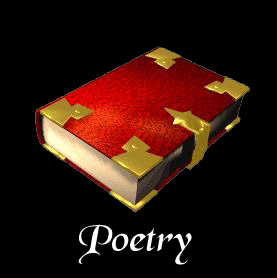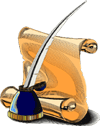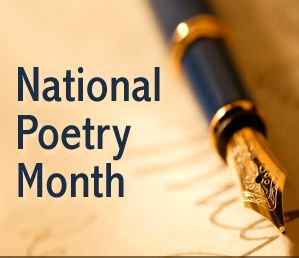
I’m delighted to usher in National Princess Week (always the last full week of April) by first embracing my inner princess, and also welcoming my guest blogger, the beautiful author of some fierce princesses, PJ LaRue. I “met” PJ online thanks to Twitter and we quickly discovered we shared many mutual likes from Indie authorship, photography, our stand against domestic violence, to our love of girl power. PJ writes about female empowerment in her Mystic Princess series for young girls and I’m delighted to have PJ here during Princess Week to tell you more about her work and her choices as an author. Welcome PJ!
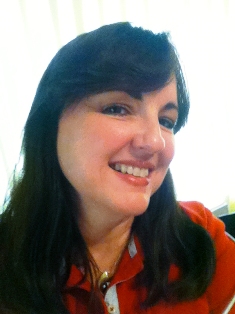
I’d like to thank you, Sherry, for inviting me to guest post on your blog. I appreciate the opportunity to share the Mystic Princesses with your readers.
I began the Mystic Princess series specifically to teach confidence to girls. I love to travel and want to inspire young girls with a love of adventure, as well as cultural and environmental awareness. I don’t have a certain number of books outlined, but I do have several locales and storylines charted. The first book, The Mystic Princesses and the Whirlpool, is set underwater near Kauai, and the second is in New Orleans and Alaska. The third book will feature the four primary Hawaiian Islands. Future books could include Yellowstone, Florida and Japan.
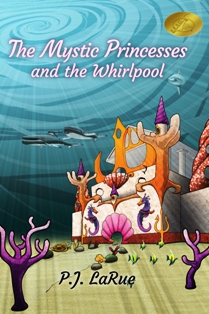
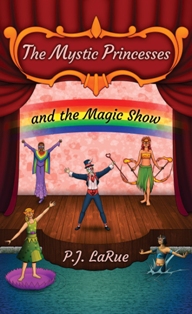
My writing style for the princesses is a little out of the norm. The girls like to talk, so there is a lot of conversation amongst them. The pace is fast for adults, who are accustomed to background-setting filler scenes showing the story partly through narration. However, those types of slower paced scenes bog down reluctant readers. Several parents have told me that their kids liked the fast pace and that it encouraged their children to continue reading. I called the girls “princesses” because they are daughters of gods and goddesses, and children may not have been exposed to mythology yet. But they certainly have the princess concept down.
That brings up another reason I started the Mystic Princess series. I want to teach girls that they can rely on themselves to solve their problems. I’m not a fan of princess stories where the prince rescues the princess then they get married and live happily ever after. Their life is just beginning at that point. My husband and I are happily married, and have been since 1982. But, as noted in my book, After “I Do!” A Marriage Map, approximately 50% of marriages in the United States end in divorce. And even if couples don’t split, it doesn’t mean that they are happy. I can’t help but wonder if fairy tales unfairly lead girls into relationships believing that life will be perfect once they marry their handsome prince. Girls who grow up with a more realistic view of marriage will be better equipped to handle relationships.
At this time, I do not have handsome princes scripted for the Mystic Princess series. And if I were to allow the girls to grow into a dating age, the prince will not rescue the princesses. They are too young to be concerned with boys at this time. The Mystic Princesses are designed to be fun, adventurous and to teach a few life lessons. You might have noticed I didn’t say anything about their looks. One can see from their pictures that they are diverse. But the Mystic Princesses will always rely on their wit, not their looks, to get them through situations.
Now that I’ve discussed my reasons for writing, I’ll move on to my background. Hmm. I didn’t have any formal experience with publishing, although I’ve written off and on throughout my life. That meant I had my work cut out for me. I researched traditional and indie publishing before putting The Mystic Princesses and the Whirlpool up for sale, choosing the indie route. I’ve gone back and forth between all available e-publishing platforms and an Amazon only platform. The book is currently available on several websites. I had to learn as much as I could about publishing. I may be one of those people who decided to write a book with no training, but the quality of my books needs to be professional for me to feel a sense of accomplishment. As such, I’ve built a team of professionals to help me and continue to seek advice from those more knowledgeable than me.
There is one area where I didn’t start with a professional, though. My sister-in-law, who is a talented but untrained artist, offered to draw the artwork and only take a fee if I ever became profitable with the book sales. Another author, who fell in love with the Mystic Princesses, advised me that she’d held a focus group because she thought she could help me when the book didn’t sell. The participants told her that I would sell more if the artwork were more professional. That led to an intensely painful and costly lesson when I changed from my sister-in-law to a professional illustrator. I hurt my sister-in-law to the core and have to live with that forever. While I’ve done my best to make amends, I doubt our relationship will ever be what it once was. So, please take this advice: never mix business with family.
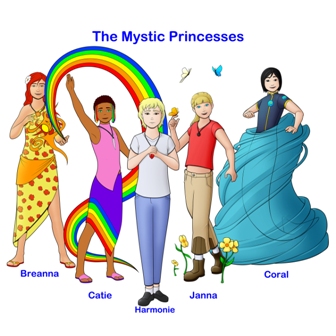
The Mystic Princesses and the Whirlpool introduces Coral, Janna, Catie, Breanna and Harmonie. Princess Coral, daughter of Neptune, can change from mermaid to person and can help the girls breathe underwater without scuba tanks. She will grow to control all sea creatures. Janna, daughter of Mother Nature, can turn the other girls into flowers to blend into the landscape if they need to hide. She also controls lady bugs and butterflies and will grow to control all land animals. Catie, daughter of Iris, can make rainbows and turn the other girls into birds. Breanna, Pele’s daughter, can throw fireballs. Harmonie, who is the daughter of Ares and Aphrodite, makes people feel peaceful, but her brothers and sisters want to fight and cause wars. The Children of Ares know that if they capture Harmonie, it will be easier to carry out their warfare. The princesses learn their powers are to be used to protect Harmonie from her warrior siblings, known as the Children of Ares.
There are many lessons in the book that parents can use as opportunities to talk to their children, the first being that it is better to try and solve problems through communication rather than fighting. A second lesson involves the girls learning that it is okay to reveal certain secrets. This concept could open the door for parents to talk about child abuse because abusers instruct their targets not to tell. It also applies to bullying or if a child learns that another child has weapons at school.
The book shows the girls practicing their elemental powers to become proficient. My parents used to tell me that practicing would make me better. And that is the concept I tried to convey by having the girls’ skills improve as The Mystic Princesses and the Whirlpool unfolds.
Additionally, the Mystic Princess series carries a theme of environmental consciousness. In the first book, the girls learn to keep the oceans clean while living with Princess Coral at her underwater castle near Kauai. In the second book, The Mystic Princesses and the Magic Show, the girls live with Princess Catie in New Orleans, explore the city, receive self-defense lessons from the Goddess Athena and learn about an oil spill in Alaska. They raise money using their powers to perform a magic show to help with the clean-up efforts. In Alaska, the girls help clean the oil-soaked birds and learn about the Inuit culture, the polar bears’ plight due to the melting ice caps and what causes the Northern Lights to dance across the sky.
I’ve started and stopped the third book several times. I recently changed the direction of the book but have been quite busy with my job and personal life. I will have to set aside time each week to finish writing the book, but am excited to get back to it. The book is on the Big Island of Hawaii, at Pele’s home in Volcano National Park and is tentatively called The Mystic Princesses and the Volcano. I can’t share what happens near the volcano without spoiling the ending. But I can tell you that the girls participate in a scavenger hunt throughout the primary Hawaiian Islands. Through the hunt, the girls learn about Hawaiian culture, including the practice of leaving traditional offerings to the gods. My husband and I were fortunate to come across an offering such as this while in Waimea Canyon on Kauai.
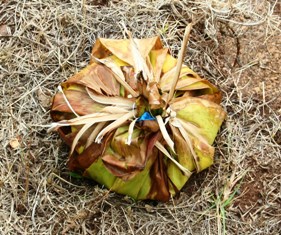
At this time, I’m not sure where the fourth book will take place. It will become clearer to me while I’m writing the third book. I don’t need to know the location to hope that readers will discover the series, learn that they can solve problems and learn that each person can do his or her part to better the world. It’s a lofty goal, but as my Mom always told me, “A job worth doing, is a job worth doing well.” So, I’m swinging for the stars with my marriage, my job and my budding career as a writer, and I know that she’d be proud of my princesses and me.
*****
Thank you, PJ, for sharing your princesses with us and I look forward to reading the next books in the series. Hey, you are never too old to exercise your princess powers, right?
More about PJ:
PJ wrote poetry in high school, but she discovered writing children’s books and short stories later in life. Her writing inspirations are hiking, photography and environmental consciousness, but she links these interests to much larger social issues. A person very close to PJ was molested as a child, making PJ passionate about providing child safety tips. And, PJ was bullied in the third grade by girls much larger than she, who demanded that PJ give them her lunch money. As a result, PJ is committed to spreading the word that bullying must be stopped.
One of PJ’s goals is to help educate children, parents and caregivers, in a fun way, using her children’s book series, The Mystic Princesses. Because PJ loves to travel, the princesses will visit many locales, learning about environmental concerns along the way.
PJ has been happily married over 30 years although there are many reasons why her marriage should have failed. Some of those factors are that her parents divorced after a long and sometimes abusive relationship, that her father is an alcoholic (now sober for many years), and that she married at a very young age. She broke the domestic abuse cycle by marrying a kind and supportive man. During 2013, PJ wrote a blog post called “How I Escaped the Domestic Violence Cycle.” That blog post can be read here. After the website designer and other friends who read the blog post encouraged PJ to write more, she wrote After “I Do!” A Marriage Map a short advice book filled with anecdotes from her own marriage.
Find PJ on Twitter, Facebook, and CreateSpace.
